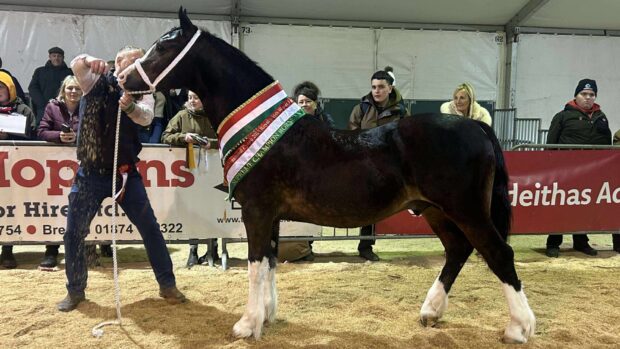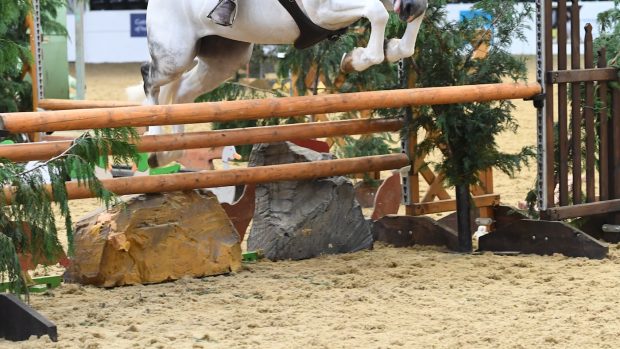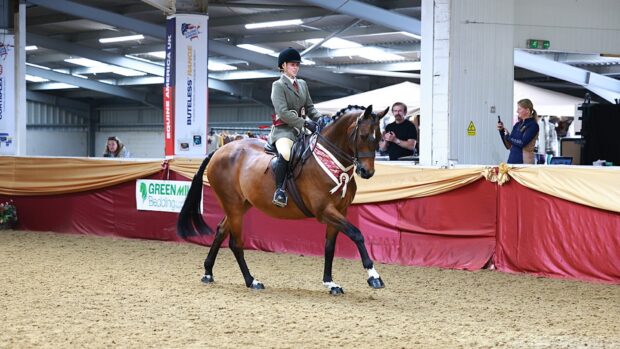1 May 2002
Expert advice on using a double bridle or pelham in the show ring
Q: I have a 13.2hh Welsh Section B who is usually ridden in a snaffle and works in a nice shape. I would like to introduce him to a double bridle or pelham for the show ring, but I am not sure how to go about it.
Also I am not sure that my jockey is ready to use double reins correctly. Can you help?
Patricia Hardcastle replies: What apity that the show ring prefers”‘open” ponies in doubles or pelhams.
Firstly, are you sure it is necessary for the pony to be shown in curb bit when he is going well in a snaffle? A pony going correctly in a snaffle should not be put down the line just because it is not wearing a double bridle.
If you feel you have to use a double or pelham, I suggest that you take professional advice on bridle fitting and when choosing bits. An ill-fitting bridle can upset a pony and ruina good mouth forever.
A well-fitting double bridle can help your pony go “on the bit”, but it must be used correctly by the rider otherwise the pony will become “overbent” and stop going forward.
Some people prefer to use apelham, instead of a double, as there is only one bit in the pony’s mouth, especially with less experienced riders.
Using double reins
A pony that is used to working in a simple snaffle may feel itis being held back when ridden in a curb bit, which works on the poll and chin groove in addition to the mouth. A heavy-handed or unbalanced rider who is unable to use double reins correctly will exasperate the problem.
Double reins can be avoided by using “split reins”, although these are more commonly seen in junior classes.
When teaching your jockey to use double reins emphasise that the top rein is the same as the snaffle and that the bottom rein is just there for show and should not be used. More experienced riders can use both, but this is an art.
Putting a knot in the bottom rein at the desired length or using rubber bands to mark the place where the lower rein should be held may help prevent younger riders from taking up the curb rein accidentally.
When mounting only the top rein should be used. The bottom rein can be knotted to prevent it flapping about, and then unknotted and held once the pony is settled and going well.
As with all things – practice makes perfect:
- Get your jockey to practice at home on a chair
- Use an experienced rider to introduce the double bridle at home
- Once the pony has accepted the bridle, put the pony, jockey and bridle together at home
- Don’t use it at a competition unless pony and rider are ready
- Don’t forget to practise with a showing cane as well
- Warm the bits with a cloth to prevent the pony mouthing too much
The incorrect use of double bridles can cause ponies to become overbent, stuffy and either fussy or dead in the mouth. So if in doubt, I would advise you go without and win with a pony that is going sweetly and moving forward in a snaffle.
Read more top showing tips:



